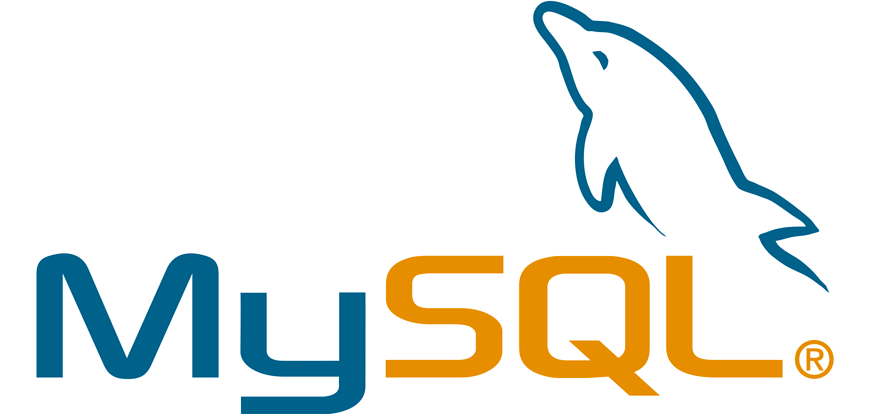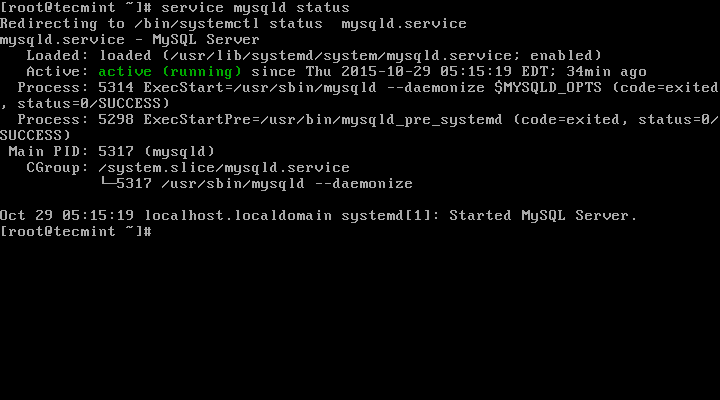


Before we resume this installation step, you should work under a VPS or dedicated server to fully reap the objectives of this tutorial article.

The MySQL repository we are interested in requires several download and preparation steps. We will break down each step in detail for you to understand why they need to happen. To successfully install MySQL on your CentOS 7 server environment, you need to adhere to three important steps. Default access to CentOS’ Yum package manager.Access to the CentOS 7 command-line utility (Got to Menu > Applications > Utilities > Terminal).Be a Sudo user on the CentOS 7 Linux operating system.A running CentOS 7 Linux operating system environment.You need to check each of the following boxes before continuing with this tutorial article. Since standard repositories are beginning to favor the open-source flexibility of MariaDB over MySQL, this article seeks to shed some light on the installation of MySQL on CentOS 7. Installing MySQL in a stable operating system environment like CentOS 7 creates a foundation for individuals who want to focus on database administration prospects fully. This environment provides a stable container where you can test the flexibility of the MySQL RDBMS. A LAMP stack integrates MySQL database application under one roof with a Linux operating system environment, the Apache webserver, and PHP programming language. This is the RPM we’re going to use in Linux to add the MySql repository.If you are looking for an easier way of learning MySQL, you should use the LAMP stack software or something similar to build a steady database management system foundation. However, instead of downloading the rpm onto your PC, we’re going to copy the URL of the link instead: You can ignore all that and go directly to the link at the bottom saying “No thanks, just start my download”.

This will take you to a page asking you to sign up for an Oracle account. CentOS is basically just RedHat, so choose the version of the OS that you’re running and click the “Download” link as shown here: Over here, scroll down and you’ll find a bunch of download locations for RedHat and Fedor distributions. To get the official repo for MySql, visit the following website. In addition, this package is also required by the popular web hosting control panel WHMCS in case you ever want to install it. Installing this package will install “php-pdo” as a dependency as shown here:


 0 kommentar(er)
0 kommentar(er)
